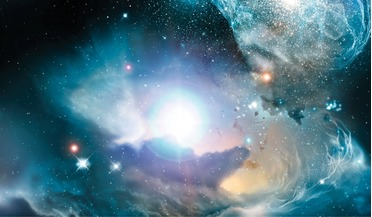 March 2018
Mapping the dark universe
March 2018
Mapping the dark universe
... mission will produce Euclid will be ESA’s next cosmology mission in the quest for a better understanding of dark energy, dark matter and gravity and their role in the past and future evolution of our universe. The operations ground...
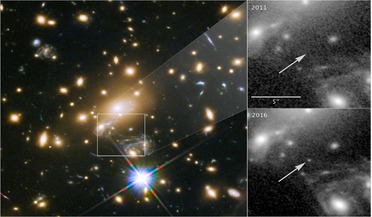 03 April 2018
Astronomers unexpectedly find the most distant star ever discovered
03 April 2018
Astronomers unexpectedly find the most distant star ever discovered
... have been a lensing object for LS1 make up a high fraction of dark matter, however, after analysing the light from LS1 the team state that their ... than ever before and more insight as to the nature of dark matter could also be subsequently revealed.
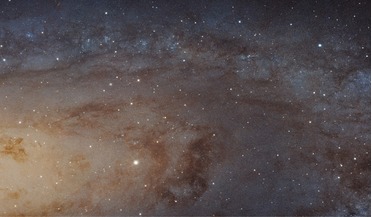 October 2016
The dwarf galaxy problem
October 2016
The dwarf galaxy problem
... observe its gravitational effects. Many of the simulations are ‘dark matter only’, so each galaxy is represented by its dark matter halo alone. The dwarfs are then represented by ‘sub-halos’ of dark matter, and each halo has many sub-halos. Perhaps...
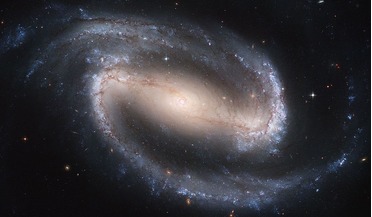 17 February 2017
Researchers suggest a new natural law can explain the rotation of galaxies
17 February 2017
Researchers suggest a new natural law can explain the rotation of galaxies
.... So does this new data help confirm the existence of dark matter or does it dismiss it? ”Within the standard dark-matter paradigm, this law implies that the visible matter and the dark matter must be tightly coupled in galaxies at a local level and...
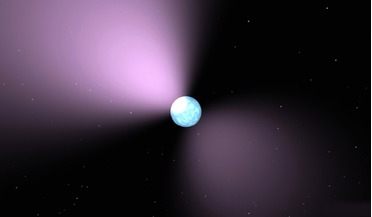 September 2017
Telescope targets enigmatic deep space mystery
September 2017
Telescope targets enigmatic deep space mystery
...For one thing, scientists have a problem with matter; it is known that 95 percent of the Universe is composed of dark energy and dark matter and only around five percent is ‘baryonic matter’ or normal matter, since its constituents are atoms. Baryons...
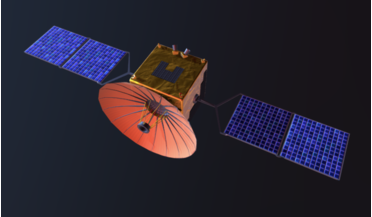 02 December 2019
Chang'e 4 relay satellite now a radio telescope
02 December 2019
Chang'e 4 relay satellite now a radio telescope
... weak radio signals from a period cosmologists call the Dark Ages; an epoch thought to have lasted several hundred ... most of the matter in the cosmos at this stage was dark matter with the scant remaining ordinary matter comprised largely of neutral...